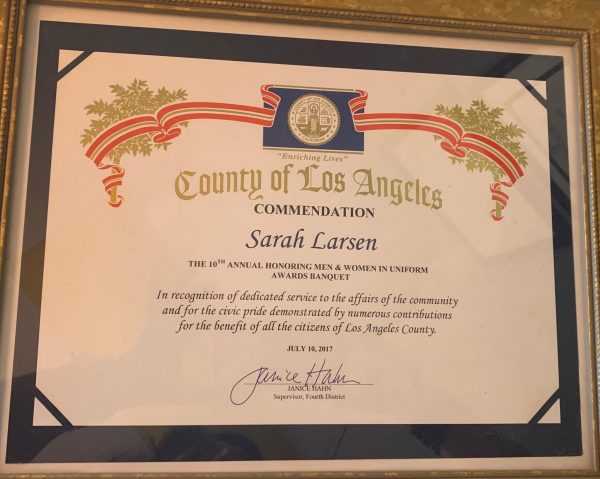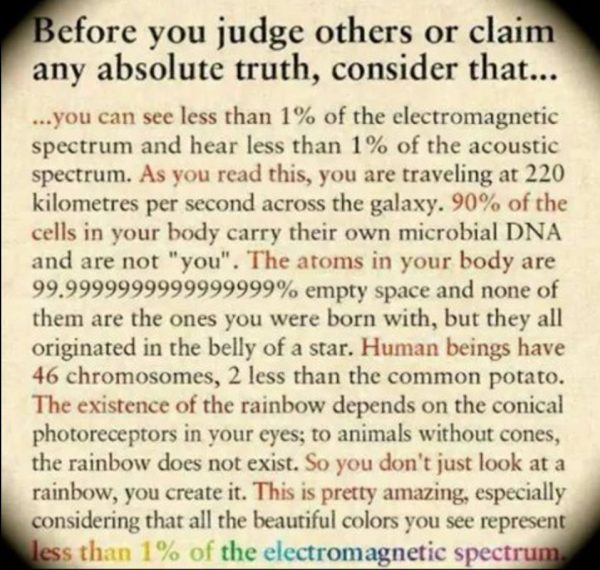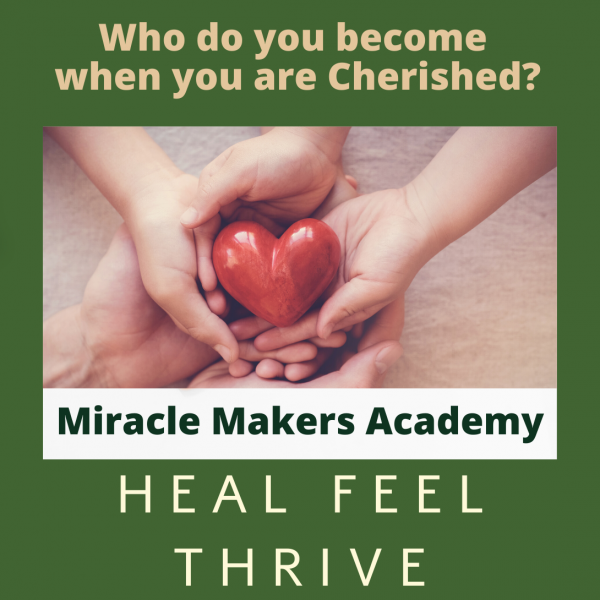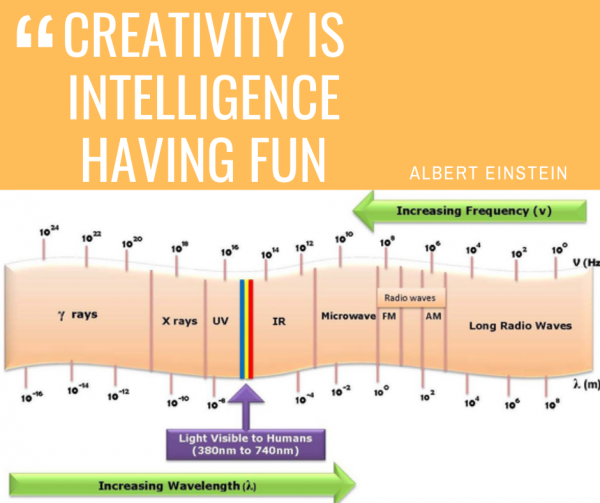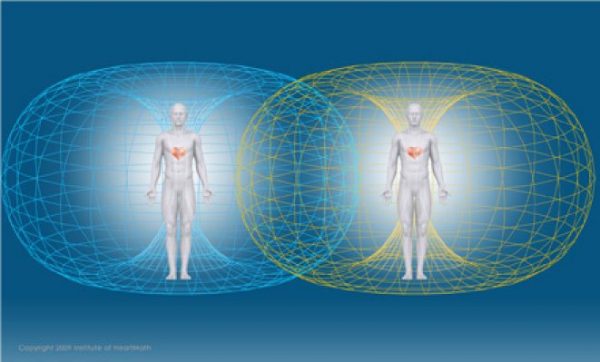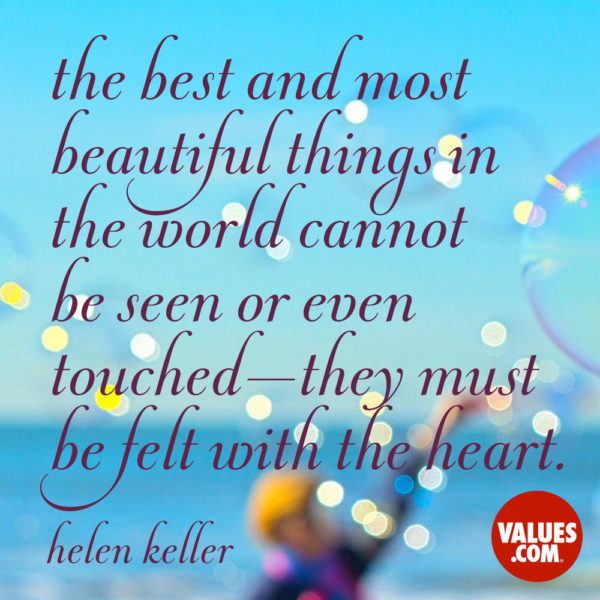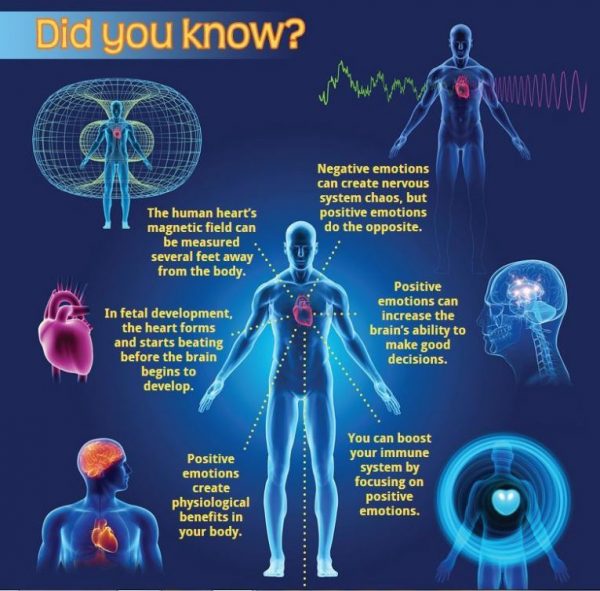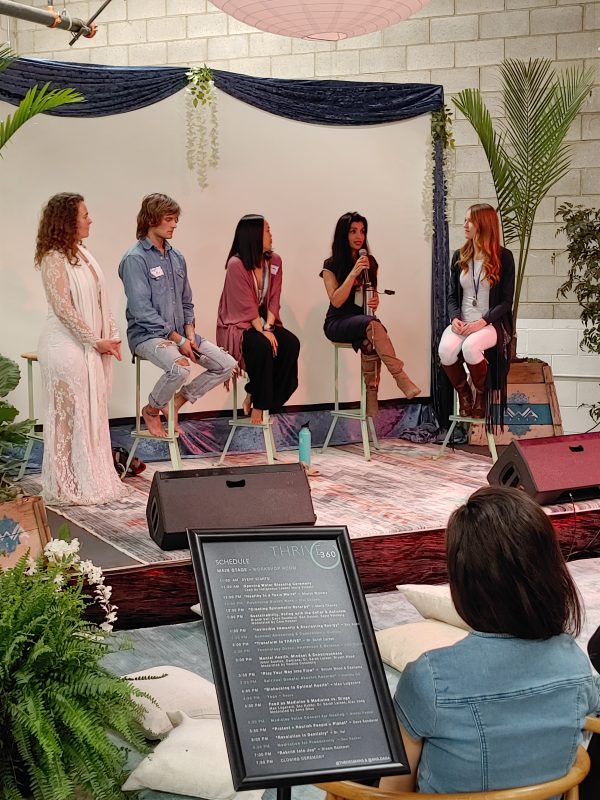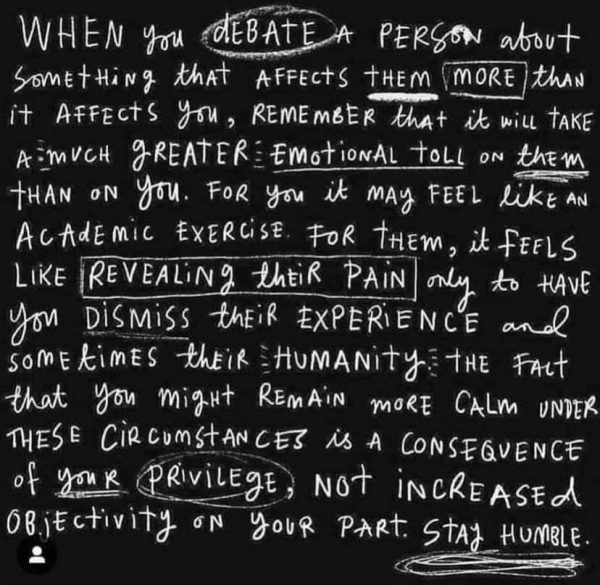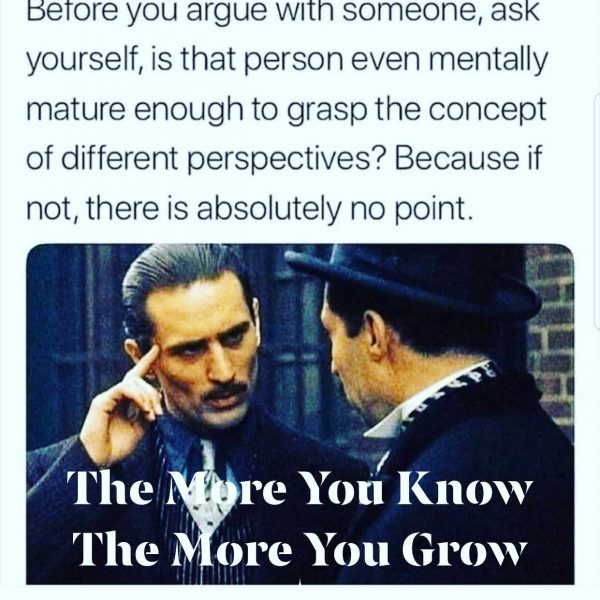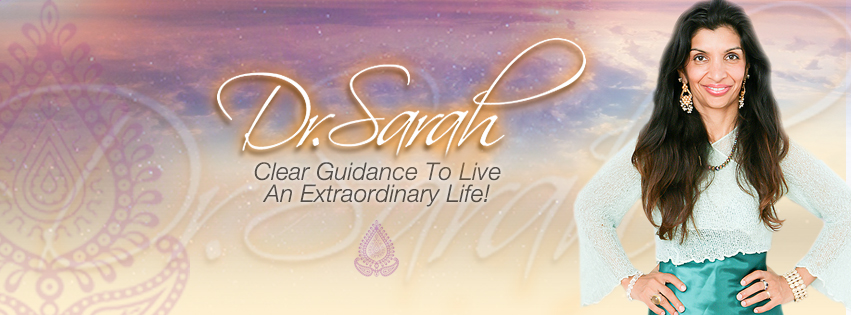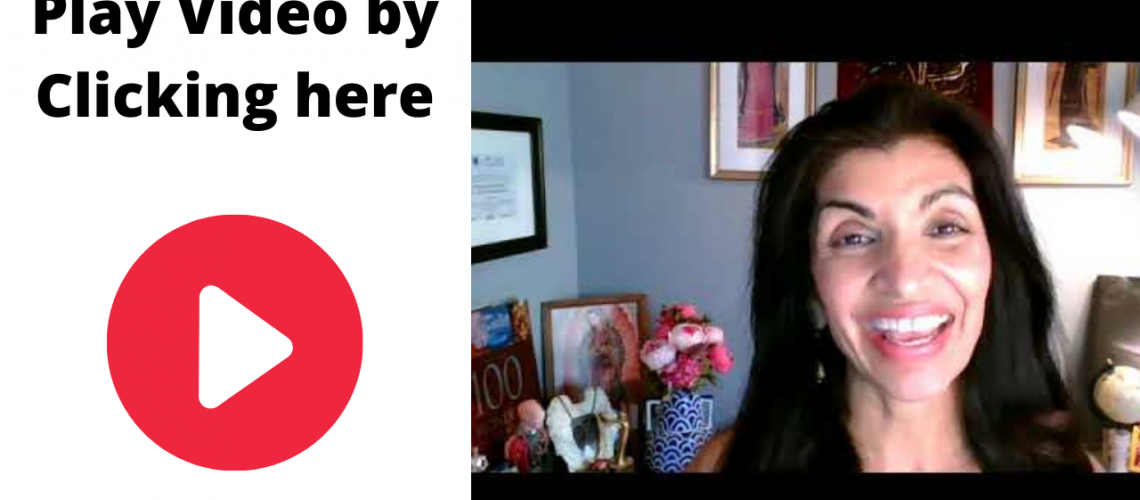Humans organized themselves around the sun! In this post, stories of our calendars, songs to open your heart, Gaia TV on curiosity, growth -self-development – building exercises, and tools for you to navigate your Miracle Making Abilities!
Was The Gregorian Calendar Invented to help you celebrate?
Was The Gregorian Calendar Invented to help you celebrate?
Yes, our people on Earth speak thousands of different languages, how is it that most of us use the same calendar?
The Gregorian calendar became the international standard used almost everywhere in the world. It takes 365 days, 5 hours, 48 minutes, and 46 seconds for the Earth to make a full revolution around the sun.
Most of the Western world used the Julian calendar, which was put into place and named after Julius Caesar on 45 BCE, which was the year 709 for them since their calendar started on the year Rome was founded). The Julian calendar had 365 days every year with an extra day every four years. This was pretty accurate but made a year on average 11 minutes and 14 seconds too long. This little glitch wouldn’t be dealt with until 1582.
Read More